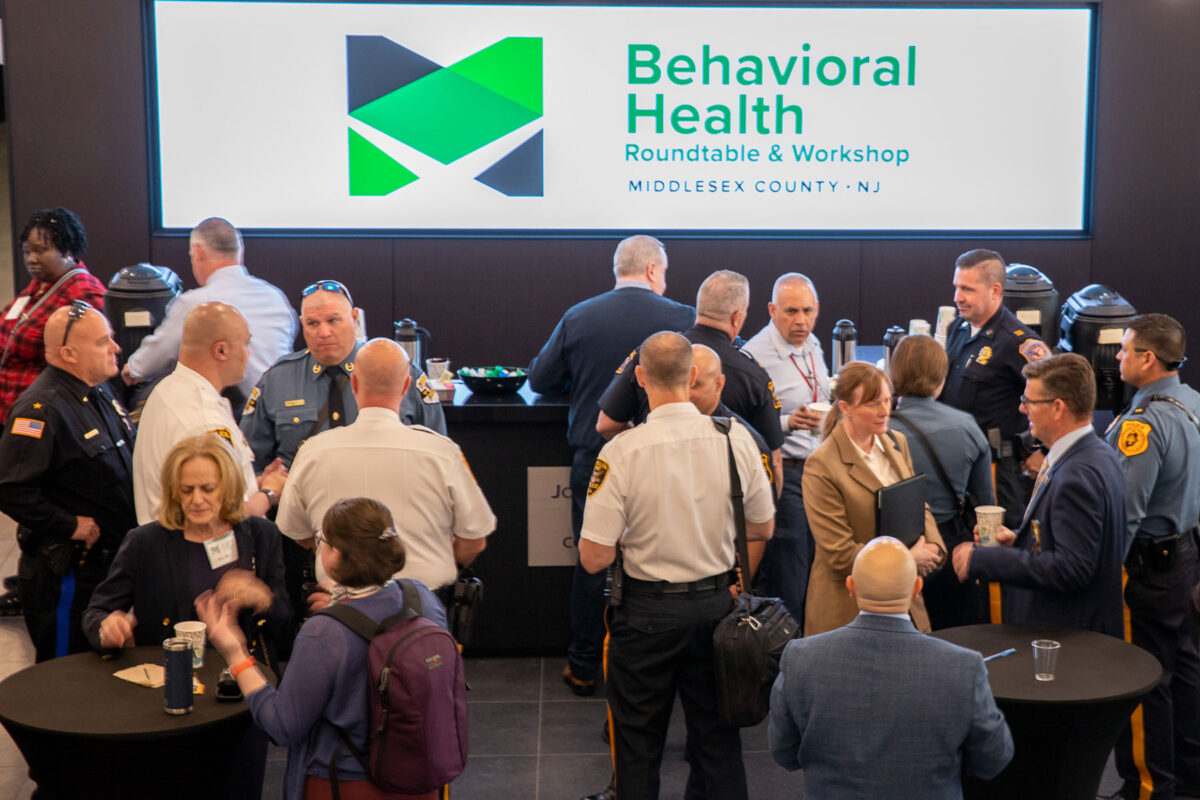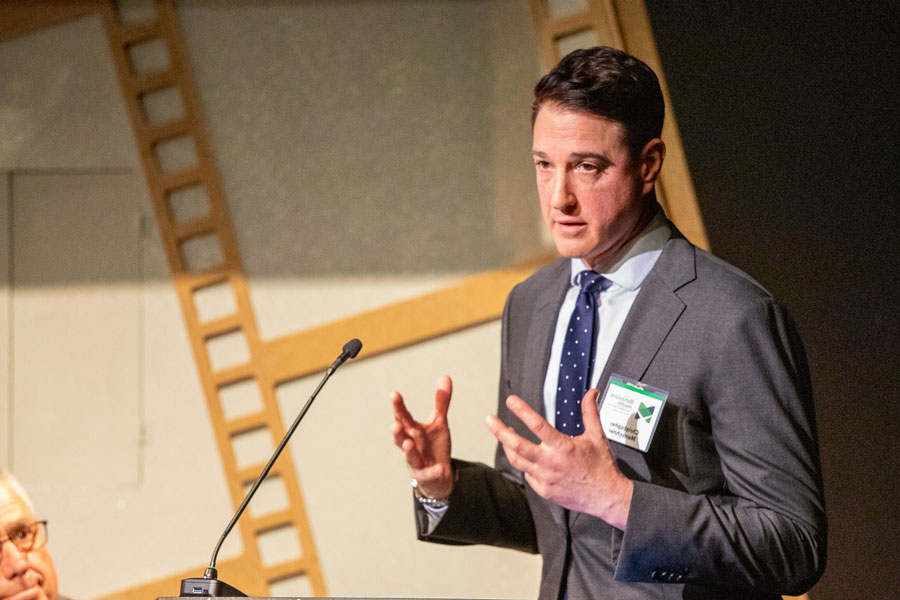Health care professionals and others recognize that Americans are in a behavioral health crisis, one exacerbated by the global pandemic. Recent national surveys and research have found that depression, anxiety, stress, substance use disorder, and other mental health conditions are on the rise. The direst outcomes of the crisis, deaths by suicide and overdoses, have increased over the past several years.
Isolation and lack of healthy social connections are significant predictors of those outcomes. There’s a growing recognition that an American “loneliness epidemic” is contributing to the behavioral health crisis. U.S. Surgeon General Dr. Vivek Murthy recently published a report on the subject, as well as an advisory on the mental health impact of social media platforms on youth.
These trends impact Americans across age, race, gender, and socioeconomic status, and stigma around behavioral health remains a significant barrier for those seeking care. While many of these challenges are national in scale, local communities are convening for frank discussions on behavioral health, sharing best practices, and identifying opportunities for cross-sector collaboration to address these trends at a local level.
Local Action
Middlesex County, New Jersey, a dense and diverse area between New York City and Philadelphia, recently partnered with the Center for Health Care Strategies (CHCS) to understand community perspectives on behavioral health, learn what services are in place across schools, health care providers, the justice system and law enforcement, and community-based organizations, and ultimately increase cross-sector collaboration.

Governor Phil Murphy joined other leaders and officials in New Brunswick, the county seat, for a Behavioral Health Roundtable on May 16, to learn about and strengthen local approaches to improving behavioral health. During a leadership panel and workshop sessions, CHCS facilitated discussions on identifying existing assets as well as gaps in priority areas including youth behavioral health, substance use prevention and recovery, and community mental health and wellness. Participants recognized that these challenges were not unique to their county and were often statewide or national in scope. Following are some key opportunities for action from the roundtable, which are likely relevant to stakeholders in other regions across the U.S.
Key Takeaways
1. Collaborate Across Sectors

- Prioritize knowledge sharing. It’s important that agencies and organizations proactively communicate and share what services they provide in order to find opportunities for collaboration. Cross-sector conversation is crucial; many participants discovered valuable services offered by their peers by attending the gathering and encouraged more stakeholders from the community to join in on future conversations.
- Creatively identify opportunities to collaborate. One example of successful cross-sector collaboration is NJ’s “ARRIVE Together” pilot program, in which Middlesex County is a participant. The pilot pairs police and mental health professionals on behavioral health dispatches. A recent Brookings Institution analysis found initial promising results in the program, including that the presence of a trained mental health professional successfully de-escalated situations and reduced both the use of force and arrests.
2. Increase the Behavioral Health Workforce
- Address the behavioral health workforce shortage. Many Middlesex participants noted that their programs and institutions simply can’t meet demand because there aren’t enough providers. Participants recognized the need to build capacity while reducing burnout for behavioral health professionals. Schools especially see the need for more onsite clinician access for students.
- Ensure that providers mirror the diverse populations served. Providers need to reflect the communities they serve to help facilitate better connection and treatment outcomes.
- Support the workforce through payment. Ensure that payment rates for behavioral health providers are sufficient for recruitment and retention.
3. Normalize Discussions of Behavioral Health

- Open up the conversation. Social stigma is a known barrier to treatment, leading those in need to delay care, thereby increasing the level of acuity at the time of intervention.
- Spread the word on available resources. Many participants identified a gap in public awareness of available behavioral health services. Providers noted that they need to do a better job communicating to community leaders and the broader public what services and resources are available to individuals.
- Expand opportunities for integrated care. By incorporating behavioral health into primary care settings and alternative settings (e.g., housing, shelters), providers can both improve individual outcomes and help legitimize behavioral health as a crucial component of health care.
What’s Next?
There is more work to be done, but Middlesex County provides an example of how community members across sectors and professions can come together to mobilize for action. The convening underscored the importance of working in partnership with community to build trusting, mutual relationships, as they are critical to driving change.
There is also increased federal action alignment with some of the roundtable’s topics. The Centers for Medicare & Medicaid Services (CMS) recently proposed rules to improve access to Medicaid services, including standards for acceptable wait times for behavioral health services in the managed care delivery system and greater transparency on provider payment rates.
Attendees in New Jersey appreciated the time together and all sought more opportunities for additional, regular convenings. Our ability to connect on an individual level is critical. As the Surgeon General’s recent report makes clear, social connection — including professional gatherings like Middlesex County’s — is a protective factor that can both improve individual well-being and heal communities at large.
View a recording of the full panel discussion.
Additional Resources
- Press release from Middlesex County, including participants and agenda.
- Coverage of the event at NJ Spotlight News.
- The Surgeon General’s Advisory on the Healing Effects of Social Connection and Community provides further recommendations on what different stakeholder groups and individuals can do improve well-being.
- More information on the behavioral health workforce shortage from the National Council for Mental Wellbeing.




